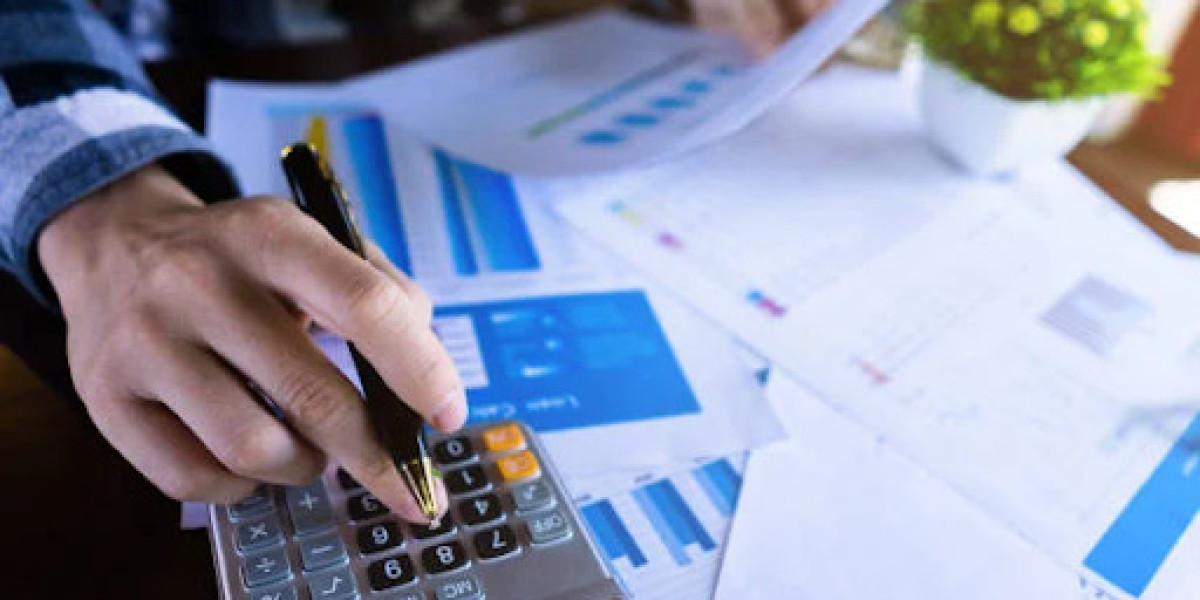Bounce Back Loans provided a much-needed financial lifeline to countless businesses during the challenging times of the COVID-19 pandemic. They offered quick access to funds with minimal red tape. However, what happens once you've secured a bounce-back loan? Are they grants, or do you have to pay them back? In this comprehensive guide, we will simplify the process and answer common questions: do you have to pay back a Bounce Back Loan?
Understanding Bounce Back Loans
Bounce Back Loans were a crucial part of the UK government's strategy to support small and medium-sized enterprises (SMEs) during the COVID-19 crisis. These loans were designed to provide rapid financial assistance to businesses facing economic difficulties. Importantly, Bounce Back Loans are not grants; they are loans, which means you are obligated to repay them.
Loan Repayment Terms
Repaying a Bounce Back Loan is relatively straightforward, and the terms were structured to make it as manageable as possible for businesses. Let’s have an understanding of both and also overdrawn directors loan account liquidation.
Here's a closer look at the repayment terms:
Low Fixed Interest Rate: Bounce Back Loans come with a low fixed interest rate of 2.5%. This favorable interest rate remains constant throughout the loan term, which makes it more affordable.
Six-Year Repayment Term: The standard repayment period for a Bounce Back Loan is six years. However, the government has allowed for flexibility, enabling you to repay the loan earlier if your circumstances permit.
Initial 12-Month Repayment Holiday: The first 12 months of your Bounce Back Loan are interest-free, and you are not required to make any repayments during this period. This grace period offers breathing room to businesses.
No Early Repayment Penalties: You can choose to repay the loan early without incurring any extra charges, saving you money on interest.
Repayment Process
The loan repayment process kicks in after the initial 12-month repayment holiday. Here's a step-by-step guide to help you understand how it works:
Monthly Repayments: Following the first year, you will begin making monthly repayments, which include both the principal amount borrowed and the accrued interest. These payments are fixed, making it easier to budget for them.
Direct Debit: Loan repayments are typically collected through a direct debit from your business bank account. This automated process ensures you stay on track with your repayments.
Manageable Commitment: The government designed the repayment process with businesses in mind, aiming to keep the monthly repayments affordable and manageable.
Loan Forgiveness and Flexibility
It's important to understand that Bounce Back Loans are not grants; they are loans that need to be repaid. However, the government acknowledges that businesses may encounter financial challenges. In such cases, they have allowed for some flexibility:
Repayment Flexibility: If your business faces financial difficulties, you can contact your lender to discuss options for repayment flexibility. This may include payment holidays or extending the loan term to reduce monthly repayments.
No Collateral Required: Bounce Back Loans are unsecured, meaning you won't need to put up assets or collateral to secure them. This provides some peace of mind to borrowers.
Conclusion
If you have gotten your answer here in this post to the question, “Do you have to pay back a Bounce Back Loan?” then Bounce Back Loans were a vital resource for SMEs during the pandemic. Yes, you do have to repay them, but the government has implemented favorable terms, including low-interest rates and a 12-month repayment holiday, to ease the financial burden. If you encounter difficulties, don't hesitate to communicate with your lender to explore repayment options.















